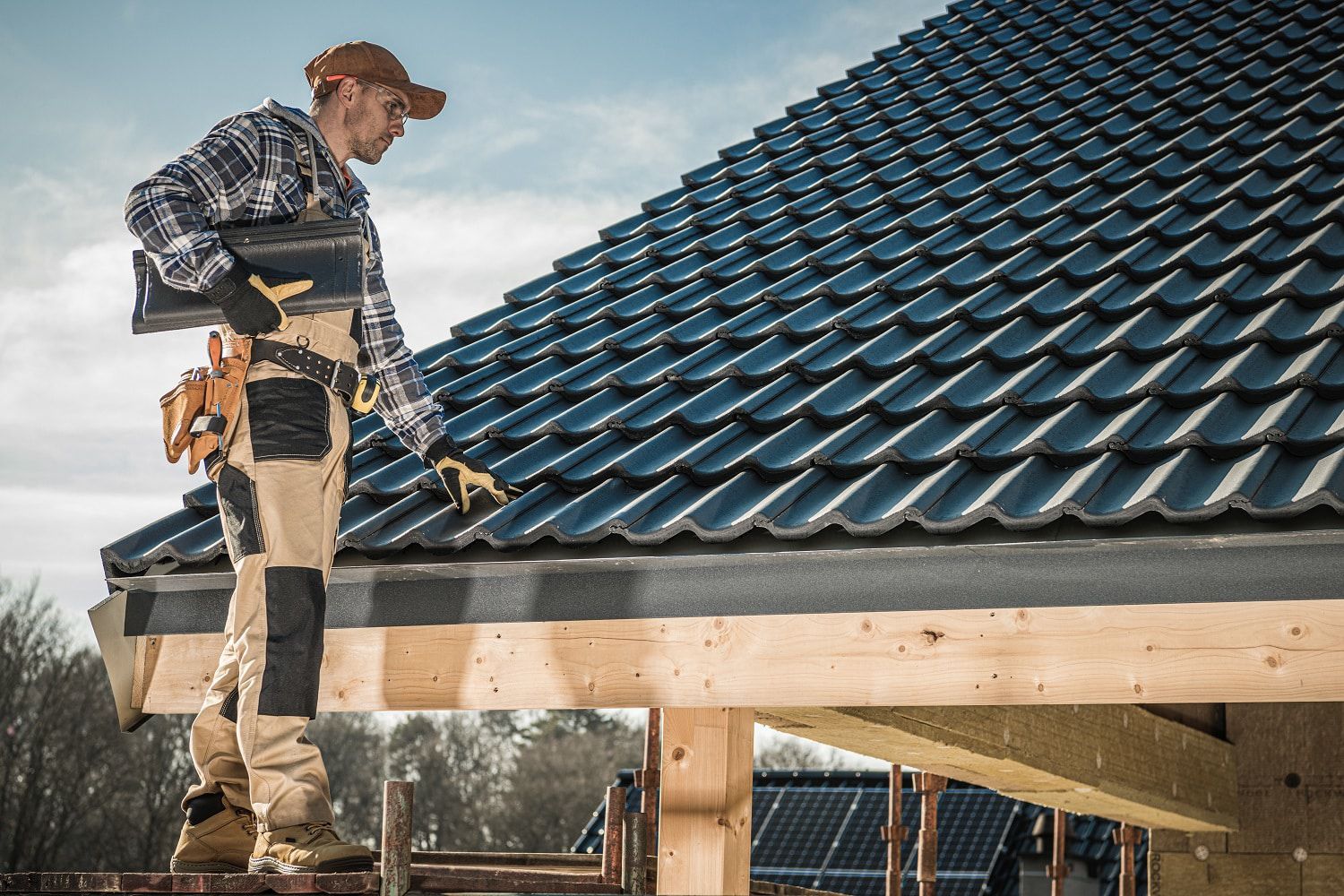Get top-quality materials and craftsmanship from a licensed Toledo Roofer.
Get top-quality materials and craftsmanship from a licensed Toledo Roofer.
Blog Article
Exactly How to Review Different Roof Options for Your Structure Needs
Evaluating roof options for your structure needs an extensive strategy that considers different aspects such as the intended use of the framework, local environment problems, and product attributes - Perrysburg Roofer. It is important to consider the advantages and disadvantages of various roof kinds, from asphalt shingles to metal and clay tiles, while likewise factoring in initial prices and long-lasting maintenance.
Analyzing Your Building's Needs
To efficiently review roof covering choices, start by completely analyzing your structure's demands. Start by thinking about the structure's intended usage, as various frameworks may demand varying roofing specifications. Household roofings usually focus on looks and insulation, while commercial buildings might concentrate on toughness and load-bearing ability.
Following, assess the neighborhood climate problems that will affect roof efficiency. Variables such as temperature variations, precipitation degrees, and wind patterns can affect product selection and style. A roof that excels in a pleasant climate may not execute too in locations susceptible to heavy snowfall or severe warmth.
In addition, analyze the architectural honesty of your structure. Make certain that the existing structure can support the picked roof covering materials, especially if taking into consideration heavier alternatives. It is also important to examine any neighborhood building codes or policies that might dictate particular requirements for roof covering systems.

Contrasting Roofing Materials
When an extensive evaluation of your building's requirements has been finished, the following action involves contrasting numerous roof covering products. Each product offers distinct benefits and disadvantages, making it vital to straighten your option with your details requirements and situations.
Asphalt roof shingles are commonly identified for their affordability and convenience of installment, making them a prominent option for residential structures. On the various other hand, metal roofing, known for its resilience and durability, can hold up against rough weather conditions yet may include a greater first investment.
Clay and concrete floor tiles supply exceptional thermal insulation and visual charm, particularly for Mediterranean-style design, yet they call for an even more durable architectural support as a result of their weight. Timber drinks deal a natural appearance and great insulation buildings yet may require a lot more maintenance and are susceptible to fire dangers.
Examining Expense and Spending Plan
Assessing your roofing alternatives demands a cautious assessment of price and budget factors to consider. The total budget plan for a roof project makes up a number of factors, consisting of material prices, labor expenses, upkeep, and potential long-term savings. It is necessary to develop a clear budget plan prior to Website checking out certain roof materials, as this will guide the decision-making procedure and help you stay clear of overspending.
Begin by getting quotes from several specialists to recognize labor prices in your region. Make sure that these estimates consist of all needed services, such as removal of the old roof, setup, and any kind of extra functions, like insulation or ventilation improvements - Toledo Roofer. Next off, analyze the cost of various roof products, taking into account both initial setup expenses and anticipated life expectancy

Understanding Energy Efficiency
Power performance plays a vital function in the option of roofing materials and systems, dramatically influencing both energy consumption and general comfort within a building. An appropriate roofing can boost thermal performance, lowering the need for heating and cooling systems, which in turn lowers energy expenses and lessens ecological effect.
When reviewing roof covering alternatives, consider materials that reflect as opposed to soak up warm. Light-colored or reflective roofing items can significantly decrease roofing system surface area temperatures, leading to reduced power use throughout hot months. In addition, proper insulation and air flow are important to maximize the energy effectiveness of the whole roofing system. Insulation avoids warmth transfer, while ventilation reduces heat buildup in the attic space.
One more important aspect is the roof system's durability and upkeep requirements. Resilient products that call for much less constant replacement add to lasting energy cost savings. The energy efficiency of a roof system can also be examined through its conformity with Clicking Here well established sustainability ratings such as Power STAR or LEED.
Thinking About Visual Allure
A roof's aesthetic allure considerably affects the general look of a structure, enhancing its architectural design and improving aesthetic appeal. Roofer. When reviewing roof covering alternatives, it is vital to think about exactly how the selected material, shade, and design will certainly harmonize with the existing structure and neighborhood. A properly designed roof can boost also the most basic of structures, changing them into aesthetic centerpieces
Various roofing products supply different visual top qualities. For instance, conventional tiles may evoke a classic beauty, while steel roofing can pass on a modern, smooth appearance. Additionally, the shade of the roof covering product plays an essential duty; lighter tones can make a structure appear even more roomy, while darker tones might produce a cozier atmosphere.
In addition, architectural elements, such as dormers and eaves, can boost the roofing system's visual impact. It is suggested to seek advice from with specialist developers or engineers to guarantee the selected roofing alternative aligns with the general layout intent. Ultimately, a roof covering must not just provide functional advantages yet also add positively to the building's aesthetic, mirroring the owner's preference and the personality of the surrounding setting.
Conclusion

Report this page